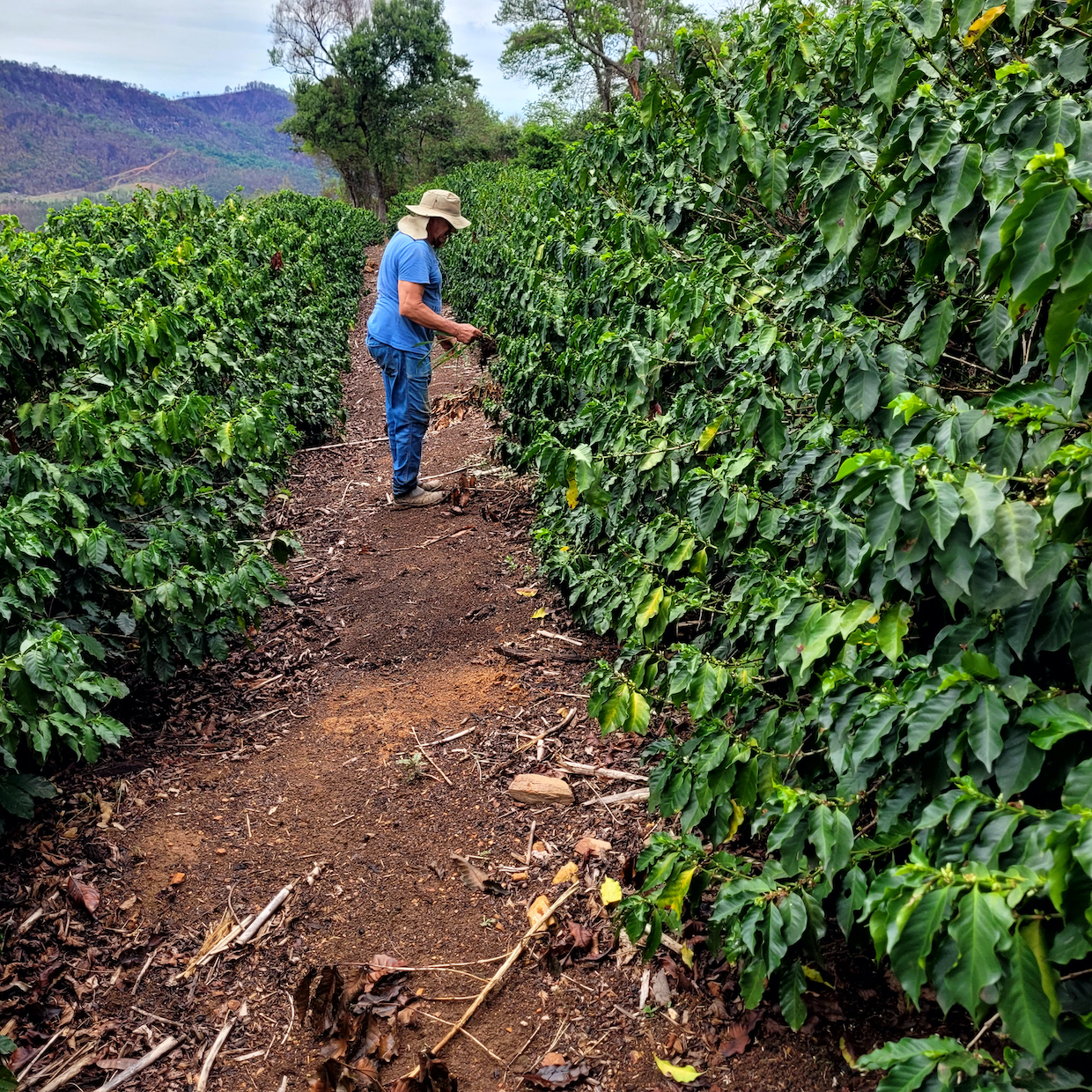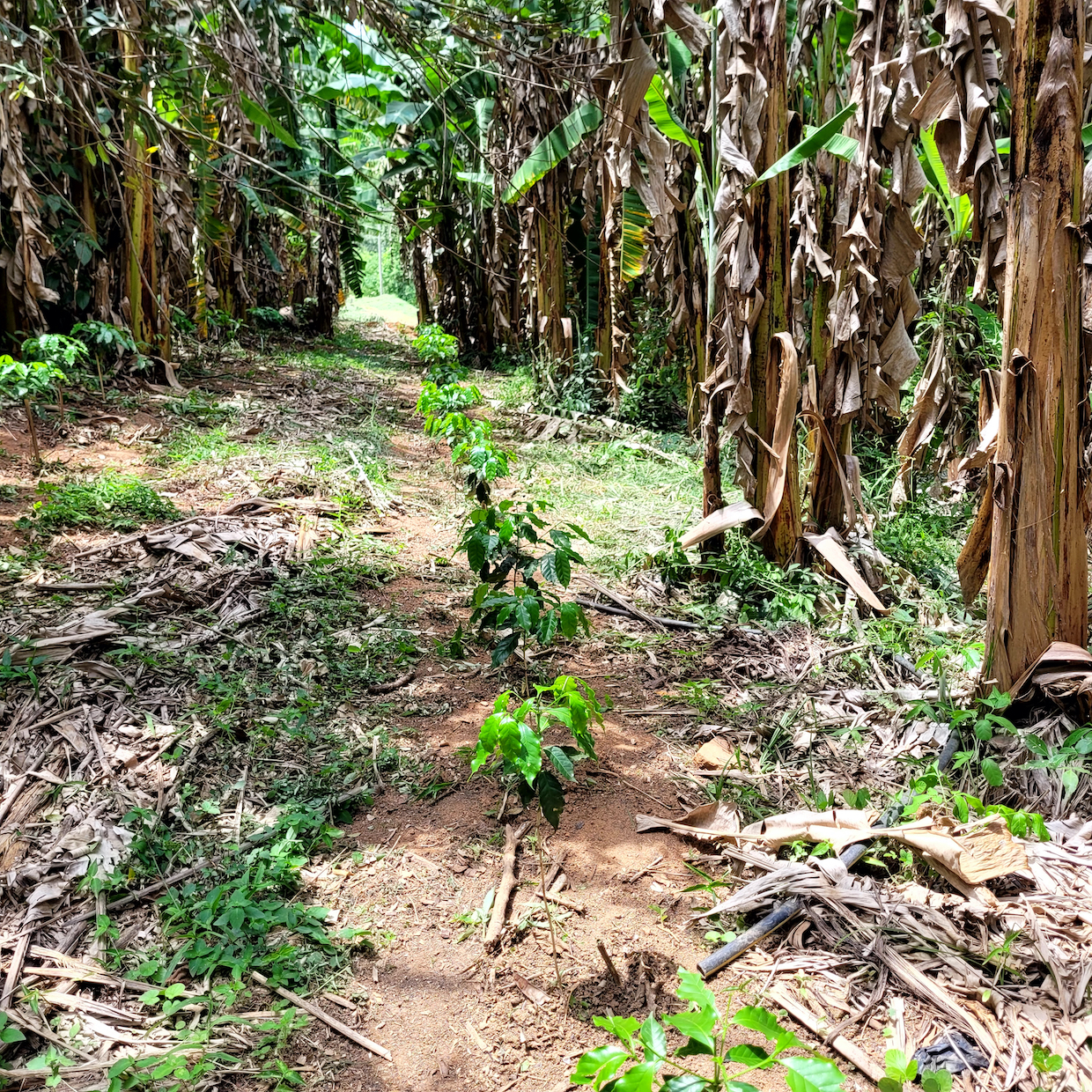[Note: This is Part 3 of a short series of stories by guest author Jonas Ferraresso exploring some of the intricacies of the Brazilian coffee market and Brazil’s outsize influence on the global coffee trade. Find all the stories here.]
If you have even minimal contact with the coffee supply chain — and by minimal, I mean even just being an occasional drinker — you’ve probably noticed your green coffee supplier, your roaster, your barista, or even a coworker or family member, talking about the sharp rise in coffee prices lately, right?
For people who drink coffee only sporadically and aren’t familiar with the production chain, it’s important to understand that coffee is an agricultural commodity. Just like corn, soybeans, rice, and wheat, its prices are traded on global exchanges, and nearly all green coffee transactions worldwide are based on an internationally established price that’s updated daily. In general terms, this price reflects the classic dynamics of supply, demand and speculation.
With that in mind, let’s consider why coffee prices increased in recent months.
Of course, domestic factors like inflation, local conflicts, logistics, taxes and other influences can affect the price of your cup. But here, I want to focus on the more macroeconomic aspects of the supply chain.
Investments in Brazilian Resiliency and Quality
For many decades now, Brazil has been the world leader in coffee production. This is due to a production chain heavily supported by agricultural technology, genetic research and efficient production systems. These advancements have allowed the country to significantly increase output, without having to drastically expand planted area, over more than a decade.
In recent years, Brazilian coffee producers have also turned their focus to quality and sustainability, investing in niche sectors that barely existed twenty years ago, like organic, agroforestry and regenerative systems.
What happens when you invest in more efficient and sustainable systems? Production costs go up.
As the current conversations around price develop, they should also take into account the steady increases in production costs facing growers. The prices of today are only now helping to recapitalize producers — not just in Brazil, but around the world. For many years, it was nearly impossible to cover production costs and still make a profit. In some cases, profitability wasn’t even part of the equation.
Yet this is the economic reality of many coffee farmers who are participating in a commodity-based system. When global prices for a product are standardized, they fail to account for the social and economic realities of producers in different growing countries and regions. The cost of production and the needs of a grower in Mexico are not the same as those of a grower in Indonesia, for example, and commodity-based pricing can lead to gaps between costs and profitability.
This gap has led thousands of coffee producers worldwide to either abandon crops or switch to other, more lucrative or less volatile alternatives.
In Brazil, I’ve seen this migration happen year after year. Most small- or medium-sized producers — and some larger ones, too — have exited the activity. Meanwhile, the more advanced and better-capitalized producers have been able to expand their areas or improve productivity. These are the producers who can absorb the risks inherent to the commodity market and operate on tighter margins.
Climate Change Demands Increased Investment
Over the past four years — and most likely in 2025, as well — Brazilian harvests have remained below levels last seen in 2020. This decline is directly linked to climate-related factors, starting with a severe frost in 2021, followed by years of heatwaves and droughts across various coffee-growing regions. As a response, producers of all sizes began investing in irrigation systems and technologies like sunblock sprays, or more conservation-focused practices such as organic matter management or targeted plant nutrition.
While agronomists and technical advisors know that these practices help mitigate climate stress in coffee fields, they are not enough to fully prevent the damage. Another major challenge producers face is the growing scarcity and rising cost of labor in the field.
Thus, while coffee producers may be breathing a little easier today, a sharp drop in prices could be catastrophic in the medium term for many farms. At the time of this article, the arabica future market market has been trading between $3 to $4 per pound of green coffee — a level that has helped keep producers in business and even sparked renewed interest in expanding production. But operating at prices below $2.00, as happened not long ago, would be unfeasible for most growers today.
The coffee supply chain constantly lives on this unbalanced scale — where for coffee to be more affordable to the consumer, the commodity market has to dip, which in turn puts enormous pressure on the very people producing the raw material the entire chain depends on.
Long-Term Investments Require Hope
I understand that classic economic theory would say “If it’s not profitable, exit the business and let the market rebalance itself.” But that logic simply doesn’t apply to a professional coffee farm.
Establishing and maintaining a coffee farm is a high-investment endeavor. During the first three years after planting, the farmer sees no return on that investment — and in the event of a major climatic event, they may not even recover the capital invested. Exiting the activity can be incredibly costly. So, the producer keeps cultivating coffee, holding on to the hope of a more promising future.
It’s precisely because of that persistence that we still have coffee available in years when prices have fallen to unsustainably low levels.
The question is: How far can a farm go today just to hold on to that hope?
Publisher’s note: Daily Coffee News does not engage in sponsored content of any kind. Any statements or opinions expressed belong solely to the authors and do not necessarily reflect the views of Daily Coffee News or its management.
Comments? Questions? News to share? Contact DCN’s editors here. For all the latest coffee industry news, subscribe to the DCN newsletter.
Jonas Ferraresso
Jonas Leme Ferraresso holds an agronomy degree from São Paulo State University (UNESP). He has worked as a coffee farmer, a coffee agronomist and as an advisor for several farms in Brazil.








Comment